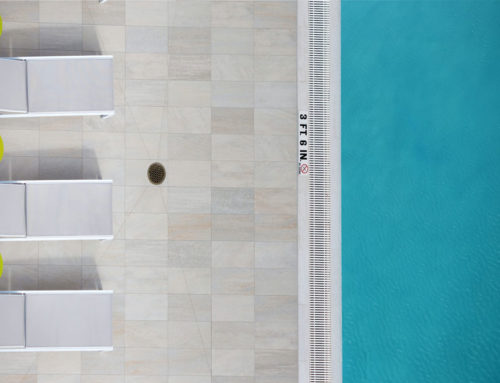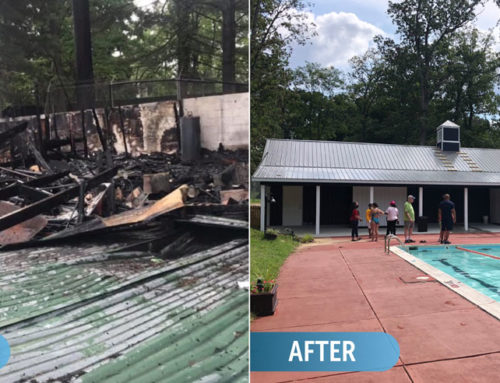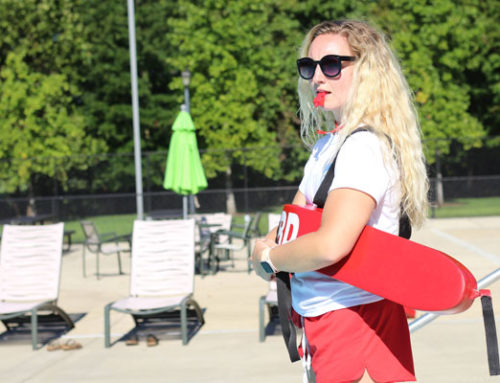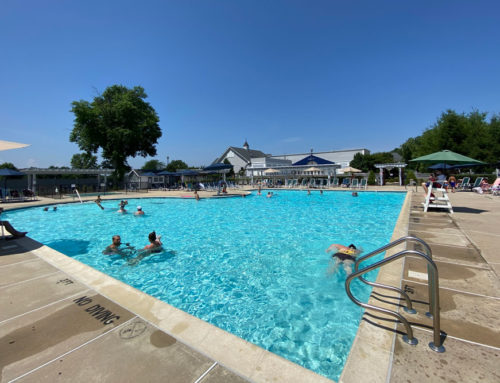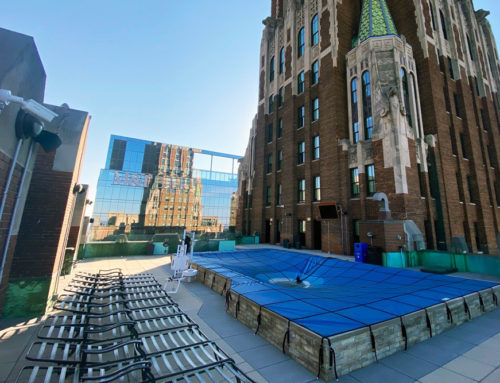
A high school district in California is arguing with the city over payment of swimming pool maintenance.
It’s common for public high school swimming pools to provide access to the general public. While students have gym class, swim meets and practices, people in the community have a place to exercise. While physical activity is beneficial to everyone involved, problems can develop if people can’t agree about who’s in charge of paying for pool maintenance.
In the city of Burlingame, California, the San Mateo Union High School District is at odds with city officials over the maintenance of the Burlingame High School swimming pool because of this very matter, as reported by The Examiner, a San Francisco-based newspaper. Among the issues being argued are the conditions of the monetary donation made anonymously for the original construction of the pool, as well as the proportion of pool use by district students and the general public.
Population of pool users may have shifted
According to the news source, the Burlingame High School is the only Olympic-size swimming pool between Palo Alto and San Francisco. It was originally built in 1999 with help from an anonymous $1.2 million grant. Meanwhile, the city contributed $1.6 million, and the school district chipped in $300,000. Currently, the city pays 65 percent of operating costs, while the school district is responsible for the other 35 percent.
Tempers flared after the release of a school audit that suggested Burlingame High School students account for 9 percent of pool use, while the larger community covered the other 91 percent. Because of this disparity, officials with the school district argue that the city should be paying for 91 percent of maintenance costs.
The city countered with its own audit indicating that the general population uses the pool only 69 percent of the time. City leaders asserted that, at most, they should only pay for 69 percent of costs. The school district has since threatened to either sue the city for additional funds or severely restrict hours of public access.
However, a spokesman for the anonymous donor told The Examiner that the money was gifted under the condition that the school district would pay for 35 percent of the operating costs. The donor is upset that the spirit of this agreement is being threatened and has also dismissed the school audit indicating the general population accounts for 91 percent of pool use. This person’s wish for the Burlingame High School swimming pool was that it remain accessible to the whole community.
Cost reduction is possible
Any swimming pool facility that needs to save money on maintenance costs may wish to consider investing in systems such as variable-frequency drives. According to Control Global, these devices can be programmed to reduce the amount of electricity used by water pumps during non-operational hours. This is significant because pumps consume the most energy around the swimming pool. However, the potential savings of a VFD need to be balanced against the need to sufficiently filter and sanitize the water.

